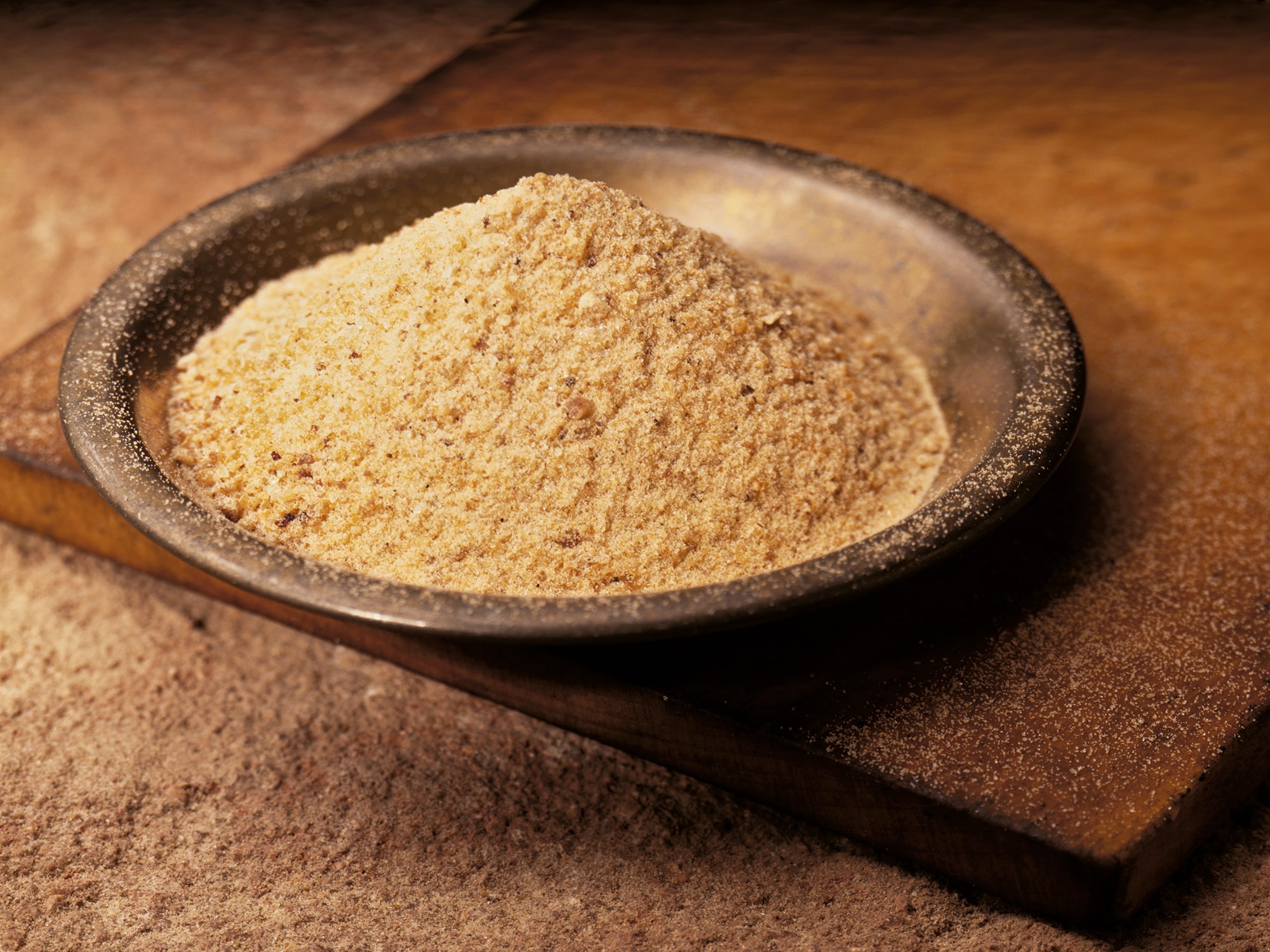
Taliban’s return may rob Indian delicacies of their favourite spice

Asafoetida or ‘Hing’, as it is popularly known in the Hindi belt of India, has become such a ubiquitous part of the Indian spice offerings, that most Indians do not know that the herb is not grown locally and needs to be imported from Afghanistan, Tajikistan and Uzbekistan.
In fact, about 90 per cent of ‘Hing’ (known for its signature pungent smell) comes from Afghanistan alone, which is now under Taliban control. The change of guard at Kabul has reflected in the Indian markets with prices jumping from ₹1,500 per kg to over ₹2,000 last week.
Where is ‘Hing’ grown?
The dried powder comes from a plant named Ferula Assa-foetida, which is native to Afghanistan and southern Iran. The spice is hardly a part of the Afghan cuisine and is grown mostly to meet the Indian consumers’ demand, which is about 40% of all ‘Hing’ consumed in the world. Looking at the demand, Afghanistan’s neighbours like Tajikistan and Uzbekistan too are growing the spice.
Asafoetida is no longer just a spice used to add flavour to food, it is now an essential part of a variety of healthcare products because of its high medicinal value. “It is believed that ‘Hing’ helps cure respiratory problems, digestive problems and protects against cholesterol by thinning the blood. Therefore, several ayurvedic products now contain asafoetida,” Navroz Khan of Hindustan Hing Supplying Company in Gujarat told The DollarBusiness magazine.
Can it be grown in India?
‘Hing’ is very commonly used in Indian dishes as it adds that extra zing to a dum aloo or biryani, kachori, samosa… any delicacy for that matter! But unfortunately, Indian climatic conditions do not permit plantation of Ferula Assa-foetida, which needs dry soil and temperature in the range of 30° C and 35° C. A four-month monsoon and vagaries of a tropical climate do not allow the plant to grow and thrive here.
Also read: Creative farmer adds value to waste bananas, turns them into dosas & cutlets!
The Council of Scientific and Industrial Research (CSIR) promoted Institute of Himalayan Bioresource Technology (IHBT) recently did the first experiment of growing Ferula Assa-foetida in Lahaul valley in Himachal Pradesh. While the crop has been growing well under controlled conditions, it is unclear if we can ever produce enough ‘Hing’ to satiate homemakers’ ever-growing demand. A BBC report stated that India imported asafoetida worth more than $100m in the year 2019. The Food and Agriculture Organisation of the United Nations (FAO) stated that India’s imports have been going up on an average of 500-700 metric tonne (MT) per year.
How it become a part of Indian cuisine?
John O’Connell writes in his book, The Book of Spice, about Mughals bringing ‘Hing’ to India from the Middle East in the 16th century.
Manoshi Bhattacharya, a history enthusiast, told BBC in 2019 that the origin of Asafoetida can be traced back to 600 BC. References to ‘Hing’ have been found in Hindu and Buddhist texts and finds a mention in Hindu epic, Mahabharata.
“‘Hing’ is a very interesting spice, but it has to be used in the right quantity. Even a little bit too much overpowers the whole dish, makes it just taste bitter,” said Vikram Sunderam, a chef at an Indian restaurant in Washington D.C.
Its pungent smell made Europeans give it unflattering moniker “devil’s dung.” Indians use it liberally to give a zing to a variety of dishes, but the western cuisine may find it hard to accept. “For a Western palette, ‘Hing’ can be shocking,” says Kate O’Donnell, author of The Everyday Ayurveda Cookbook.
Also read: Madras Day special: How masala dosa became Chennai’s signature dish
The two most common types of asafoetida used in India are red and white. The white asafoetida comes from Afghanistan and is water-soluble while the red one comes from Iran, Tajikistan and Uzbekistan and is oil soluble. In 2017, about 92% of India’s imports came from Afghanistan.
The prices in the local markets have already peaked (about ₹2,000 per kg) and traders expect the uncertainty caused due to Taliban’s return to power in Afghanistan to only make this common Indian kitchen spice more uncommon in the days to come.


